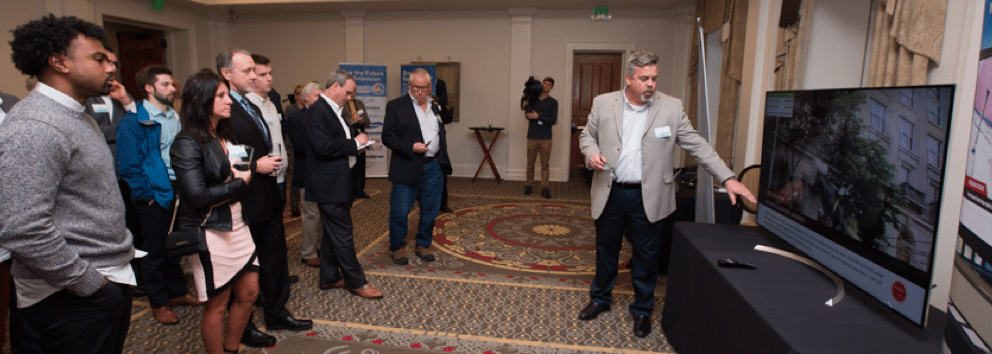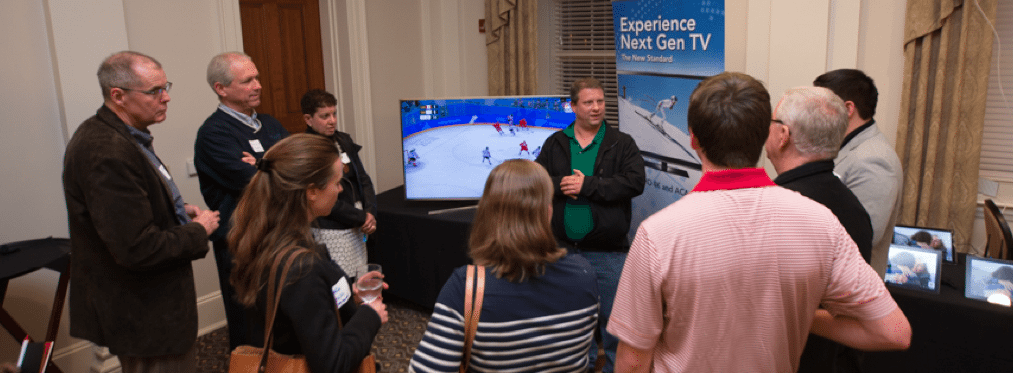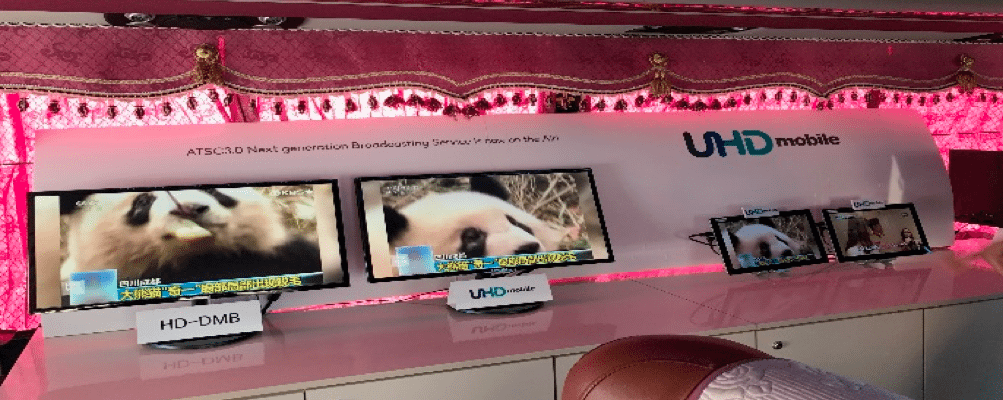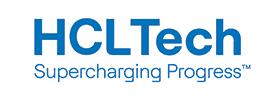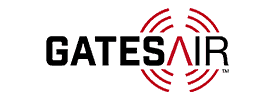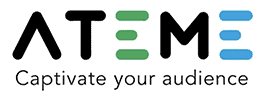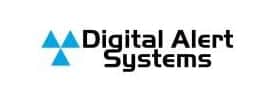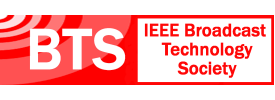- About
- Members
- Sponsors
- Subcommittees
- Technical Documents
- News
- Events
- Spotlight ATSC 3.0
- Contact Us
- Member Login
- Member Meetings
- Advanced Search
Search Site
Member Links
- About
- Members
- Sponsors
- Subcommittees
- Technical Documents
- News
- Events
- Spotlight ATSC 3.0
- Contact Us
- Member Login
- Member Meetings
- Advanced Search
President’s Memo: Wind in the Sails
Posted on March 5, 2018 in ATSC News
March 5 marks the official start of the Next Gen TV rollout process in the United States, when the FCC’s new rules providing the framework for voluntary implementation of ATSC 3.0 take effect. And, while it’s still early in the implementation process, there’s wind in the sails as seen in the landmark ATSC 3.0 broadcasts of the 2018 Winter Olympic Games both in Korea and in the United States highlighted in this issue of THE STANDARD.
I was honored to represent the ATSC last month in Raleigh, North Carolina, for the first ATSC 3.0 Winter Olympics broadcast in the United States – complete with 4K UHD with HDR, mobile and advanced emergency alerting capabilities, as well as interactive technologies that provided real-time updates of medal counts, athletes’ background and targeted ads. In addition to this latest milestone by WRAL-TV, the Games were broadcast in 4K at the NAB-CTA test station in Cleveland, Ohio.
In South Korea, following many months of preparation by the government, broadcasters and manufacturers, the ATSC 3.0 Olympic broadcasts showed the world the incredible capabilities of our newly released Next Gen TV standard. From the opening to closing ceremonies and countless memorable competitions in between, Korean broadcasters delivered stunning 4K UHD images of the Games, while also demonstrating exciting new mobile capabilities for the first time.
Another example of the wind in our sails is seen in the tremendous amount of talent and expertise at the ATSC with the announcement that LG’s Madeleine Noland will succeed Triveni Digital’s Rich Chernock as ATSC Technology Group Chair in May. Leadership by people like Rich and Madeleine and dozens of others are what makes ATSC such a dynamic and impactful organization.
This is a busy month with continuing standards work in parallel with our new mission to support early deployments and implementation plans for Next Gen TV. The wind in our sails reflects the momentum on the Road to ATSC 3.0, and I congratulate our colleagues both in Korea and in the U.S. for paving the way.
Mark Richer
ATSC President
Posted in ATSC News
News Categories
News Archives
Subscribe
Subscribe to The Standard, our monthly newsletter. Learn More
Join ATSC
ATSC is a membership organization with both voting and observer categories. Voting members include corporations, nonprofit organizations, and government entities, and they participate actively in the work of ATSC. Observers are individuals or entities not eligible to be a voting member.
Subscribe to our Newsletter
Subscribe to The Standard, our monthly newsletter, to stay up-to-date with ATSC news and events around the world.
Site Links
Contact Us
ATSC
1300 I Street NW, Suite 400E
Washington, DC 20005 USA
Do you have questions about ATSC?
About ATSC
ATSC, the Broadcast Standards Association, is an international, non-profit organization developing voluntary standards and recommended practices for digital terrestrial broadcasting. Serving as an essential force in the broadcasting industry, ATSC guides the seamless integration of broadcast and telecom standards to drive the industry forward. Currently, the ATSC 3.0 Standard is providing the best possible solution for expanding the potential of the broadcast spectrum beyond its traditional application to meet changing needs. From conventional television to innovative digital data services, ATSC has one clear goal: to empower the broadcasting ecosystem like never before.
© 2025 ATSC

